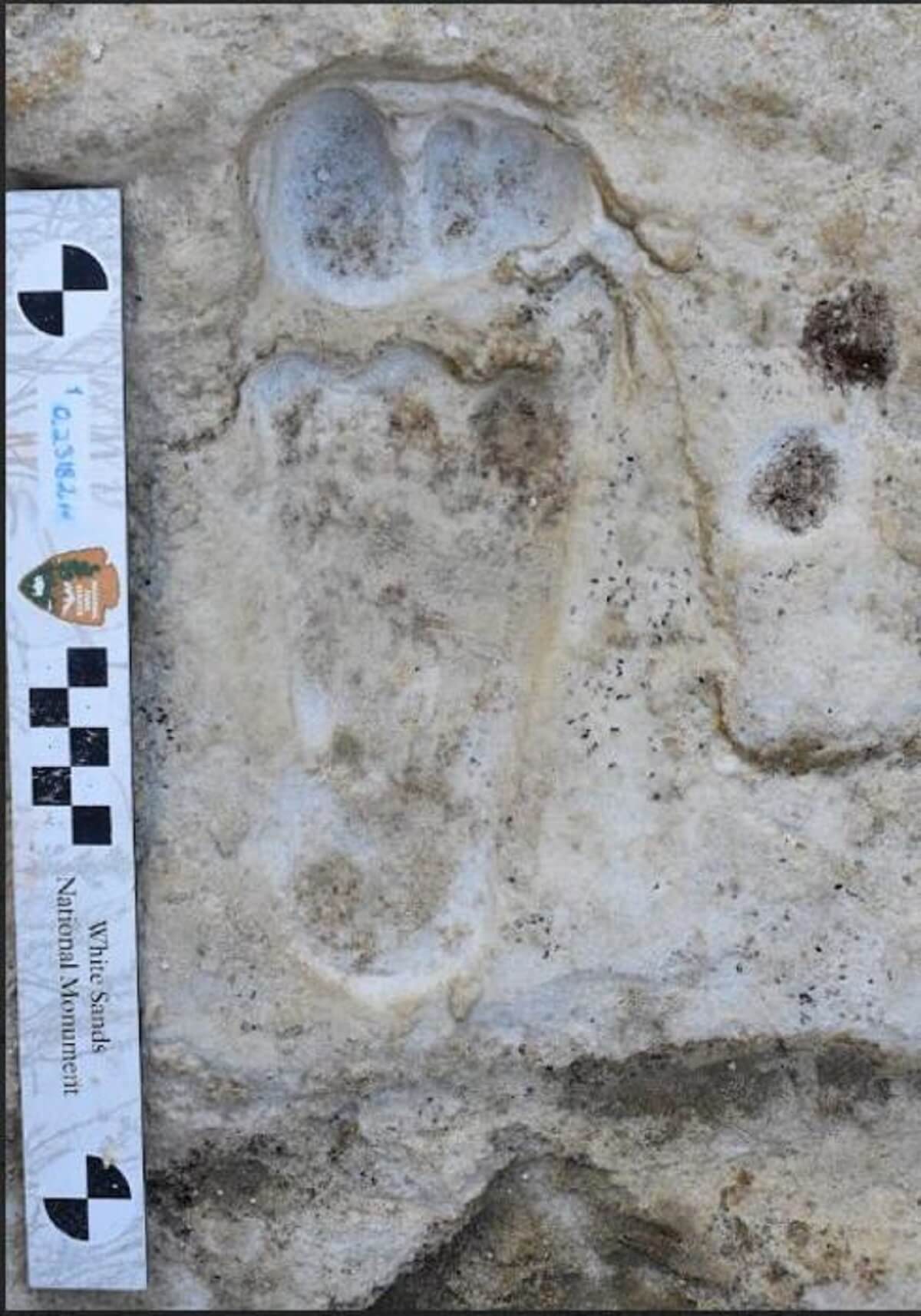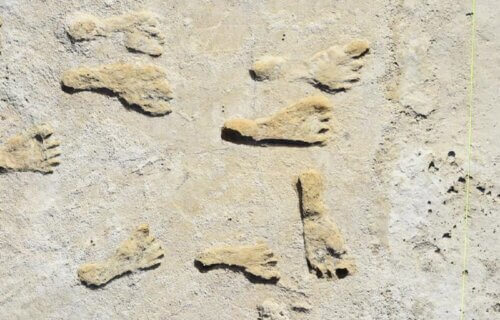RESTON, Va. — The oldest fossilized human footprints discovered in North America date back more than 20,000 years, new research confirms. This revelation aligns with the era when the coverage of ice sheets and glaciers on Earth’s surface reached its zenith, known as the Last Glacial Maximum.
The initial findings from 2021 sparked global debates within the scientific community about the accuracy of the determined ages.
“The immediate reaction in some circles of the archeological community was that the accuracy of our dating was insufficient to make the extraordinary claim that humans were present in North America during the Last Glacial Maximum,” says Dr. Jeff Pigati, the co-lead author of the latest study, from the U.S. Geological Survey (USGS), in a media release. “But our targeted methodology in this current research really paid off.”
The controversy primarily revolved around the accuracy of the ages, derived from radiocarbon dating. The initial age assessment of the footprints at White Sands National Park was based on dating seeds from the aquatic plant Ruppia cirrhosa found within the fossilized imprints. However, aquatic plants can absorb carbon from water rather than the air, possibly leading to overestimations of age.

“Even as the original work was being published, we were forging ahead to test our results with multiple lines of evidence,” says Kathleen Springer, a USGS research geologist and co-lead author. “We were confident in our original ages, as well as the strong geologic, hydrologic, and stratigraphic evidence, but we knew that independent chronologic control was critical.”
In their follow-up study, the researchers turned their focus to radiocarbon dating of conifer pollen, a terrestrial plant source. This strategy sidesteps potential inaccuracies associated with dating aquatic plants. From the same sediment layers as the original seeds, the team isolated around 75,000 pollen grains per sample for dating. Impressively, the age derived from the pollen samples matched that of the seeds.
“Pollen samples also helped us understand the broader environmental context at the time the footprints were made,” adds Dr. David Wahl, a USGS research geographer and study co-author. “The pollen in the samples came from plants typically found in cold and wet glacial conditions, in stark contrast with pollen from the modern playa which reflects the desert vegetation found there today.”
Additionally, the USGS team employed optically stimulated luminescence dating, which determines when quartz grains were last exposed to light. This method revealed that quartz samples from the footprint layers were at least 21,500 years-old, further corroborating the radiocarbon findings.
The study is published in the journal Science.
You might also be interested in:
- Neanderthals were fine diners? Early humans harvested and roasted tasty crabs, study reveals
- The first Americans? First humans to arrive in North America may have lived 30,000 years ago
- Was Christopher Columbus tipped off? Italians may have known about North America 150 years before him!
South West News Service writer Stephen Beech contributed to this report.

